What unique processes or innovations does Jiangsu Golden Morning Knitting Co., Ltd. have in Embossing Print technology?
1. Technology integration and innovation
The perfect combination of knitted fabrics and Embossing Print technology:
Relying on its rich experience in knitted fabric production, Jiangsu Golden Morning Knitting Co., Ltd. cleverly applies Embossing Print technology to knitted fabrics, which not only improves the visual effect of the fabric, but also enhances the three-dimensional sense and artistic appeal of the fabric.
Through continuous technological research and development, the company has achieved seamless docking between knitted fabrics and Embossing Print technology, so that the fabric has a unique decorative effect while maintaining its original soft and comfortable characteristics.
Innovative embossing mold design and production:
In Embossing Print technology, mold design and production are crucial. The company has a professional mold design and production team that can customize the most suitable embossing mold according to customer needs and fabric characteristics.
The design of the mold not only focuses on the exquisiteness of the pattern and the presentation of the three-dimensional sense, but also fully considers the durability and production efficiency of the mold. By adopting advanced materials and processes, the stability and service life of the mold are ensured.
2. Process optimization and improvement
Fine embossing process:
During the Embossing Print process, the company adopted a fine embossing process. By precisely controlling the embossing pressure and speed, the patterns and text on the fabric are clearer and more delicate.
This fine embossing process not only improves the quality of the product, but also makes the product more competitive in the market.
Environmentally friendly embossing materials and processes:
With the increasing awareness of environmental protection, the company also pays attention to the application of environmentally friendly materials and processes in Embossing Print technology. The company uses environmentally friendly embossing inks and mold materials to ensure the environmental protection and product safety during the production process.
At the same time, the company continues to optimize the embossing process, reduce energy consumption and waste emissions, and achieve green production.
3. Automation and intelligent production
Automated embossing production line:
The company has introduced advanced automated embossing production lines, which have achieved full automation from mold design, production to embossing production. This not only improves production efficiency, but also reduces labor costs.
The application of automated production lines also enables the company to respond to customer needs more quickly and provide customized services.
Intelligent control system:
During the production process of Embossing Print, the company uses an intelligent control system to monitor and adjust the production process in real time. By collecting and analyzing production data, the system can automatically adjust the imprinting parameters to ensure the stability and consistency of product quality.
The application of intelligent control systems also enables the company to better manage the production process, improve production efficiency and product quality.
IV. Quality Assurance and Testing
Strict quality control system:
The company has established a strict quality control system to comprehensively monitor and manage the production process of Embossing Print fabrics. From raw material procurement, mold design and production, imprinting production to finished product testing, every link is strictly carried out in accordance with the standards.
Through this strict quality control system, the company ensures the quality stability and consistency of Embossing Print fabrics.
Advanced testing equipment and technology:
In order to ensure the quality of Embossing Print fabrics, the company has introduced advanced testing equipment and technology. These equipment can accurately measure key indicators such as product size, thickness, pattern clarity, etc. to ensure that the product meets customer requirements.
At the same time, the company also regularly calibrates and maintains the testing equipment to ensure the accuracy and reliability of the test results.



 English
English 한국어
한국어 中文简体
中文简体
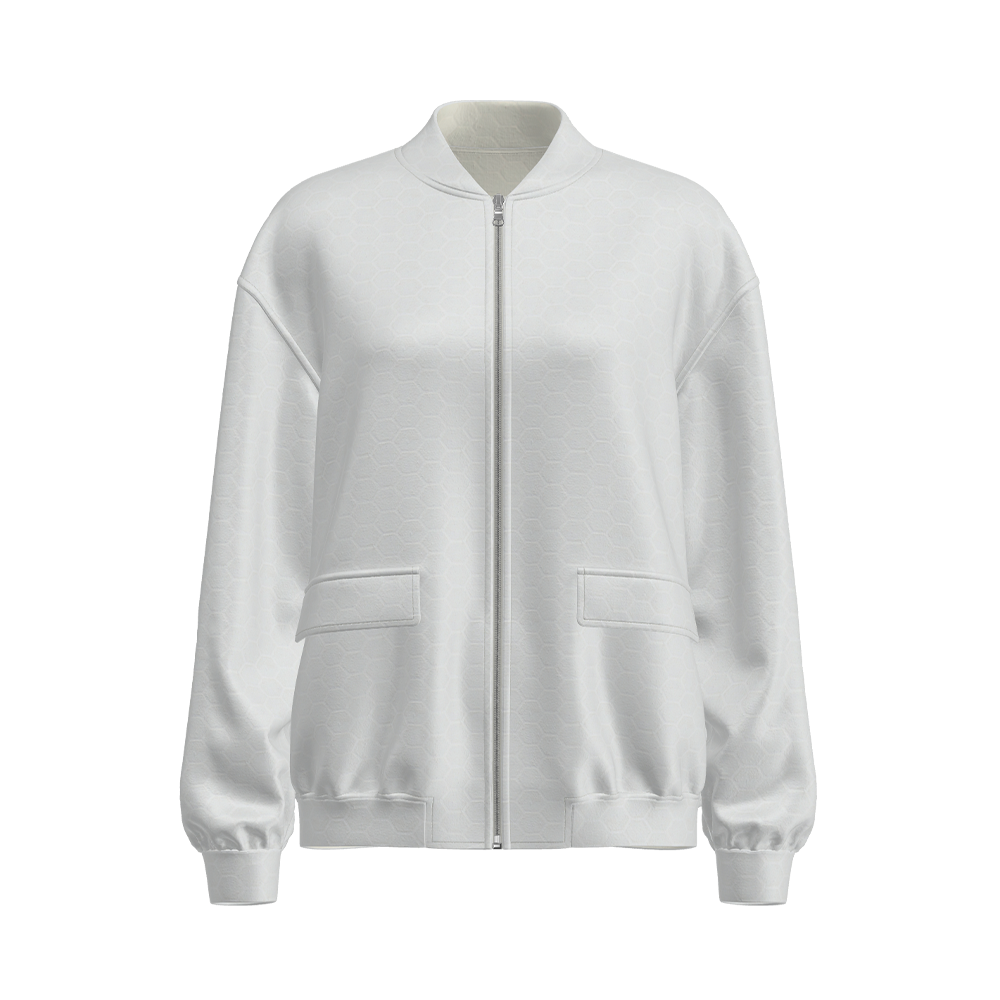
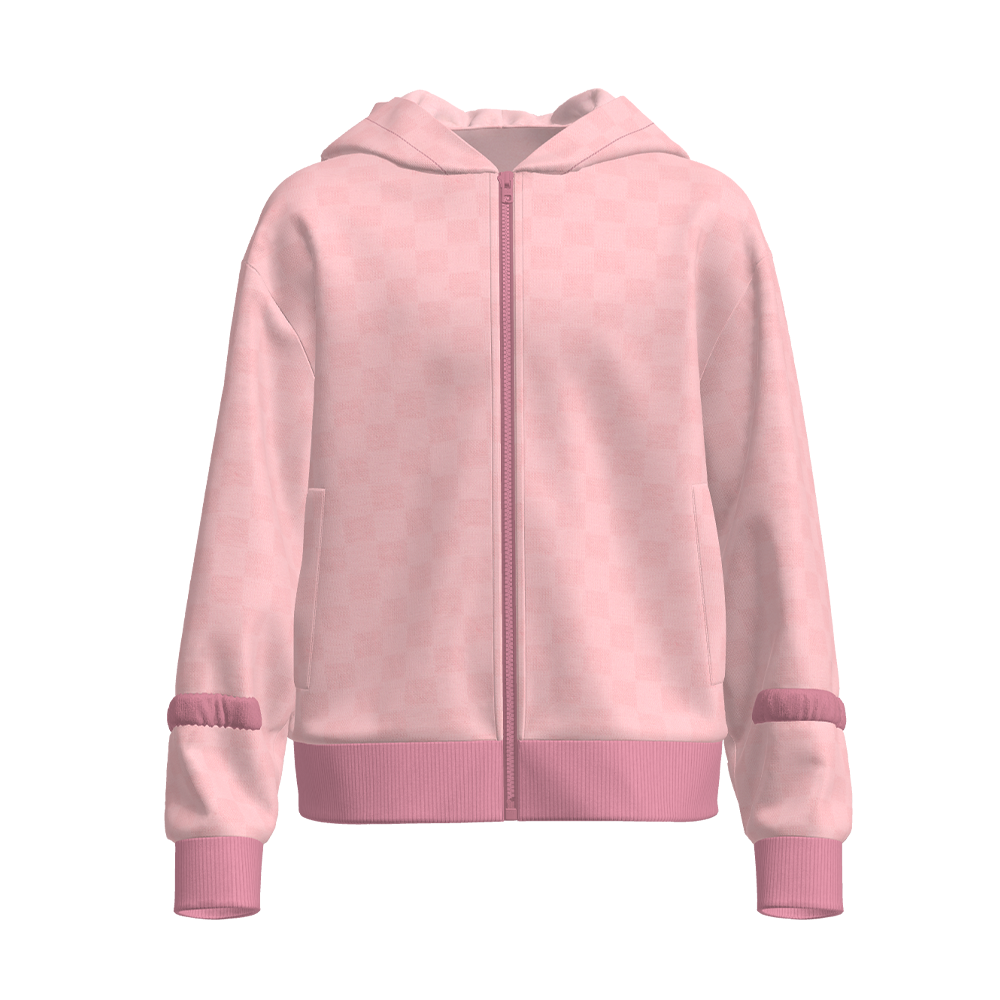

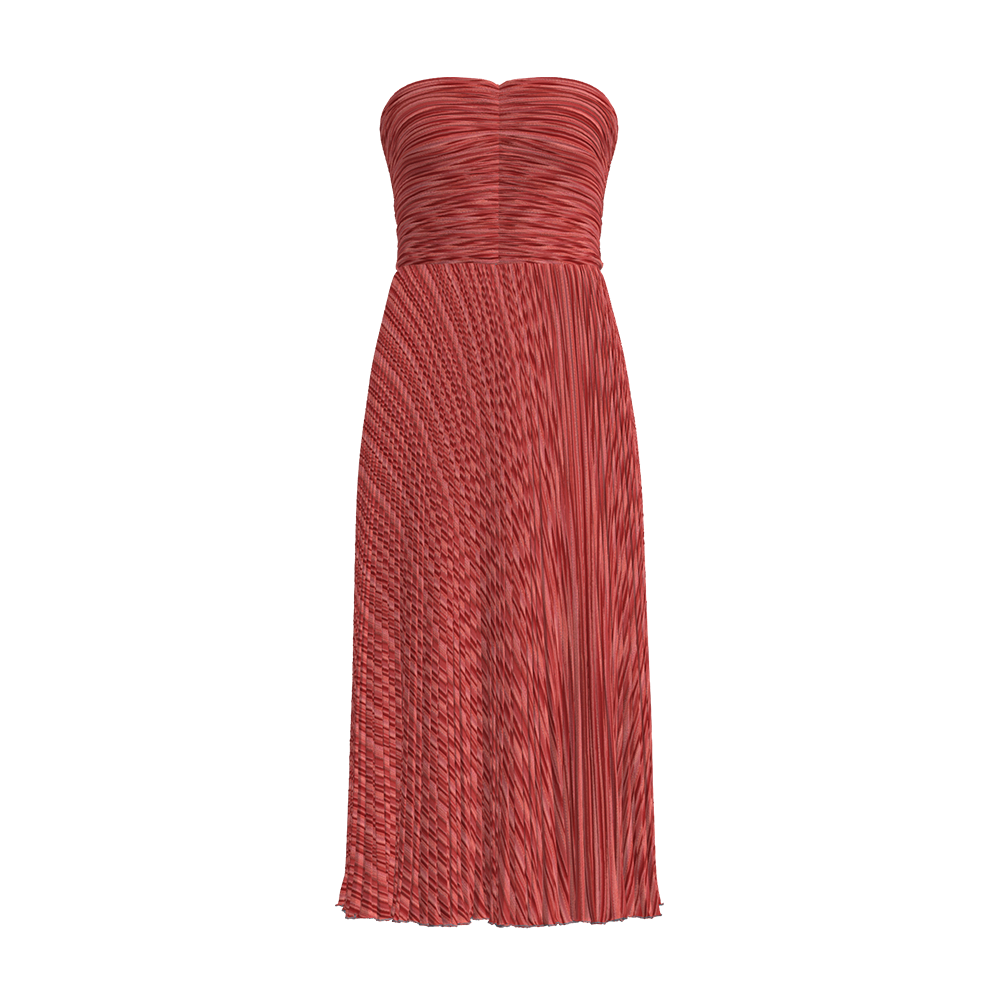








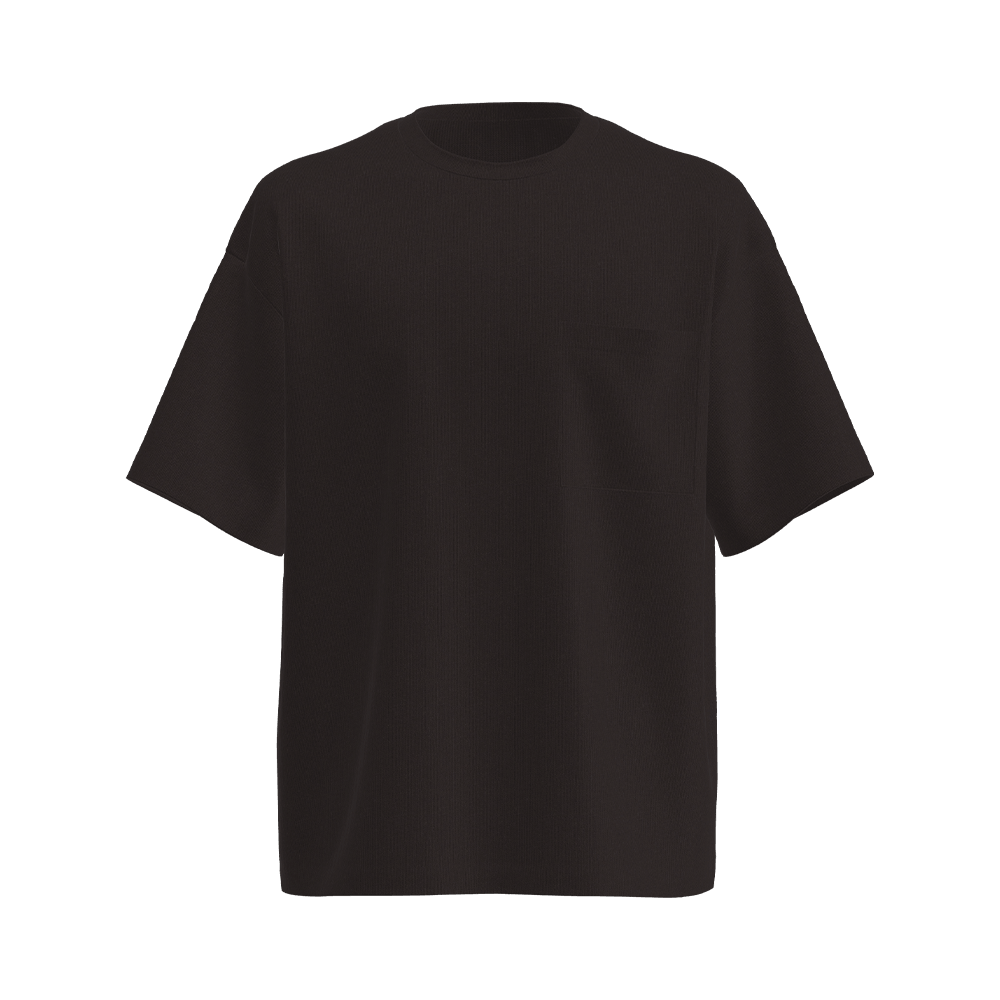
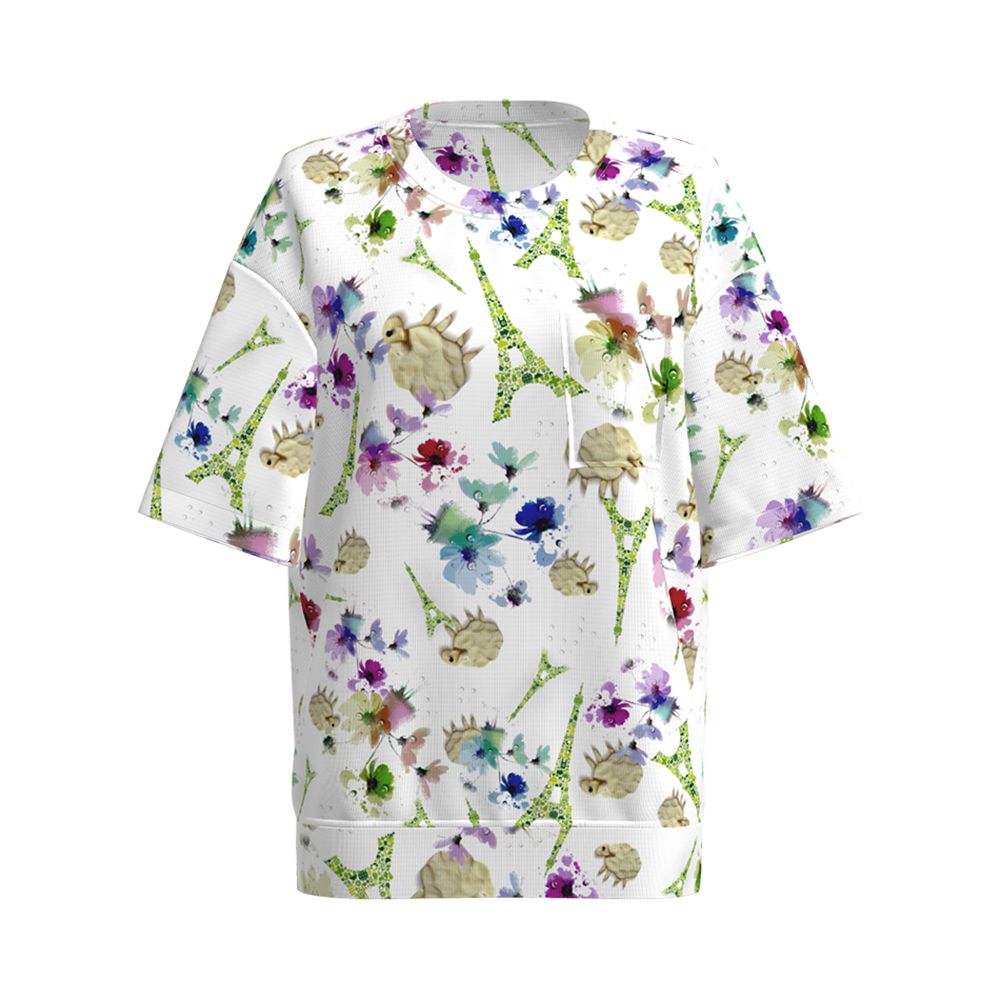
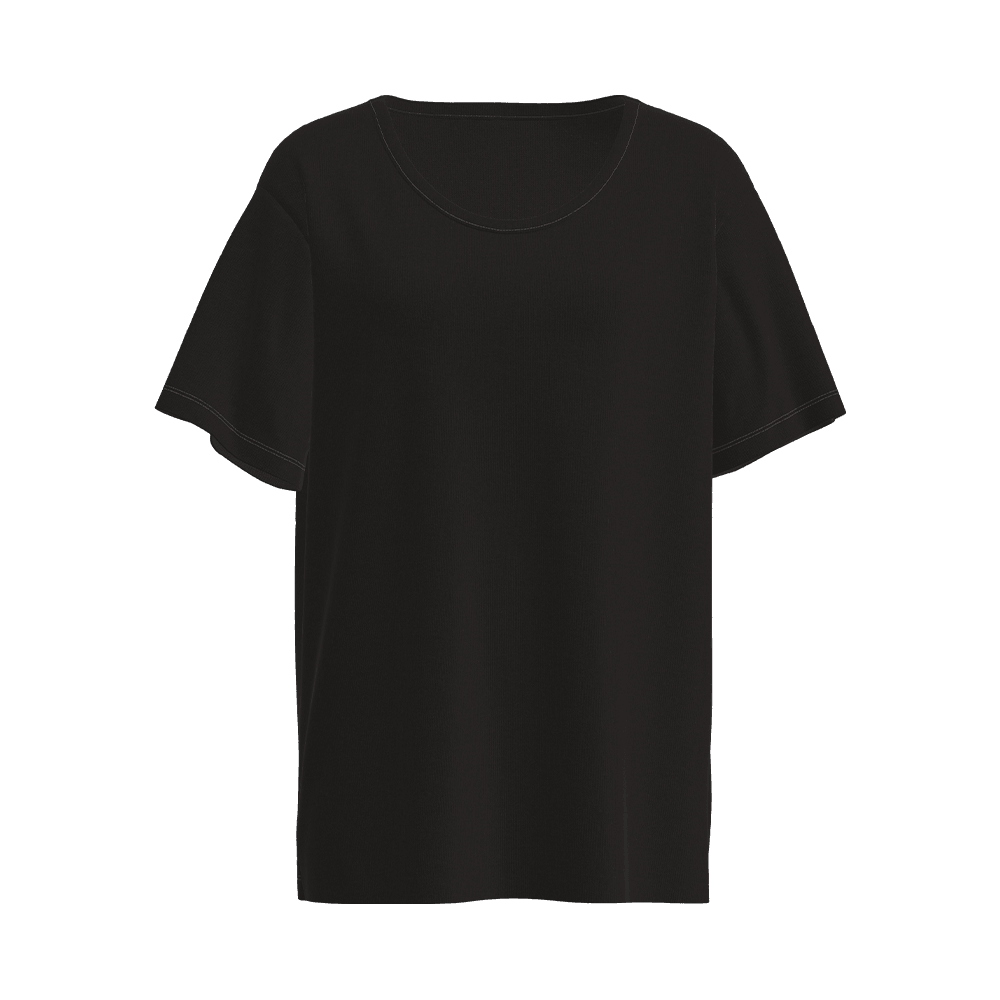



 +86-512-52528088
+86-512-52528088 +86-512-14546515
+86-512-14546515

